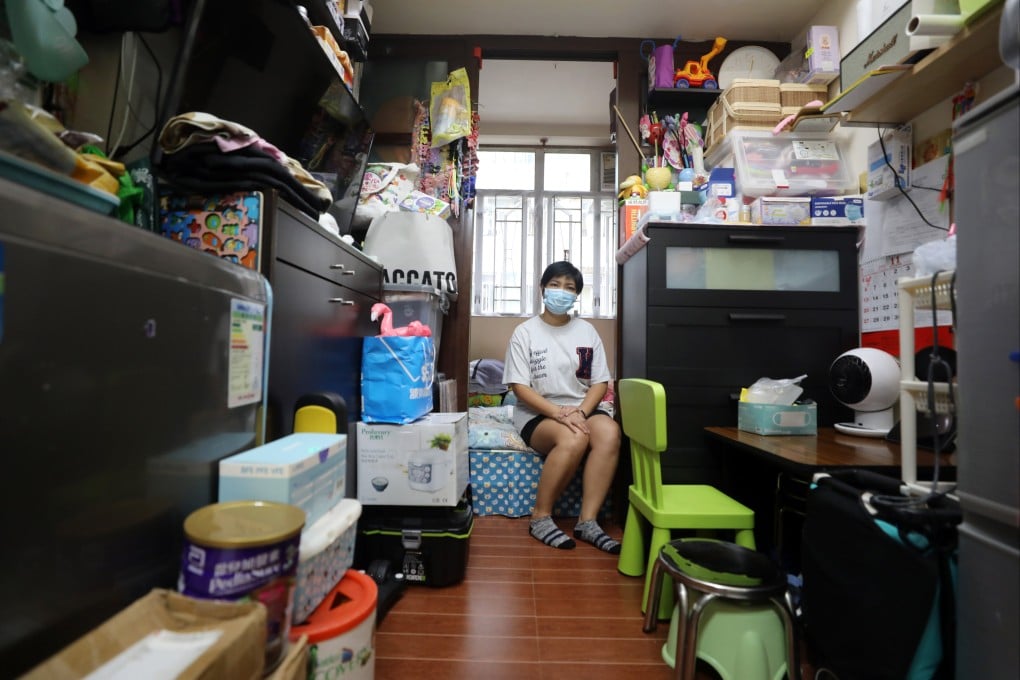Letters | Improve housing as a first step towards better health in Hong Kong
- Readers discuss the association between crowded housing and health, and how much further home prices are expected to fall

Poor housing worsens both physical and mental health, especially in the case of socially disadvantaged households living in tiny and crowded spaces or subdivided flats. Internationally, studies have shown an association between living in a crowded household and higher risk of infectious diseases and mental health problems, while local studies have shown that household crowding is associated with adverse health outcomes such as hypertension, anxiety and stress.
This is anticipated to have a substantial impact as close to 50 per cent of the Hong Kong population live in public rental or subsidised housing. If designed and implemented properly, these initiatives could alleviate household crowding by offering relatively larger flats or rehousing residents from subdivided flats into light public housing, thereby partially mitigating the existing health inequalities.
For these measures to achieve the maximum impact, the government should conduct a health impact assessment, similar to environmental impact assessments, at the stage of design and implementation to investigate how the health of residents, especially the disadvantaged, would be affected, and how their needs could be better addressed.